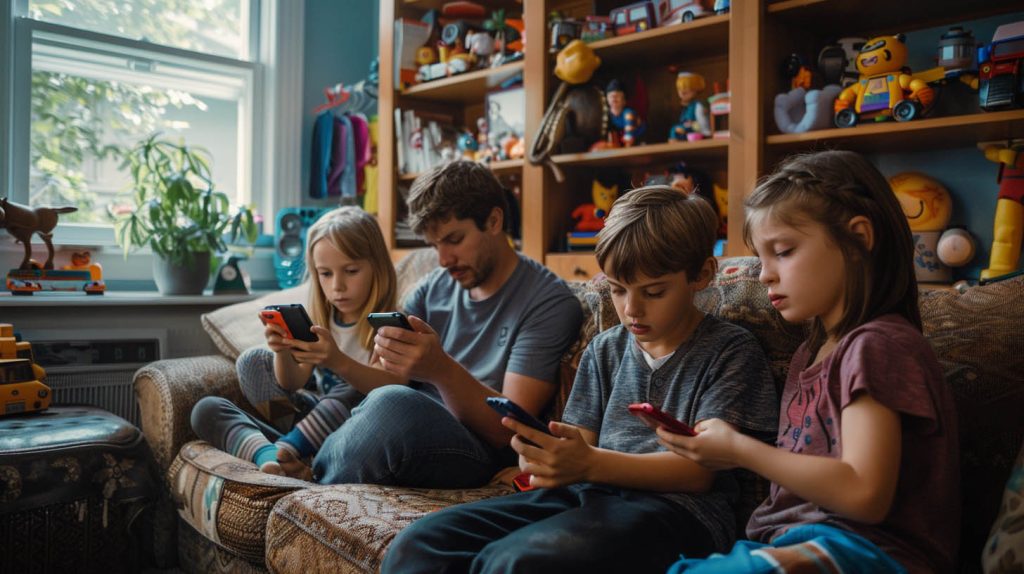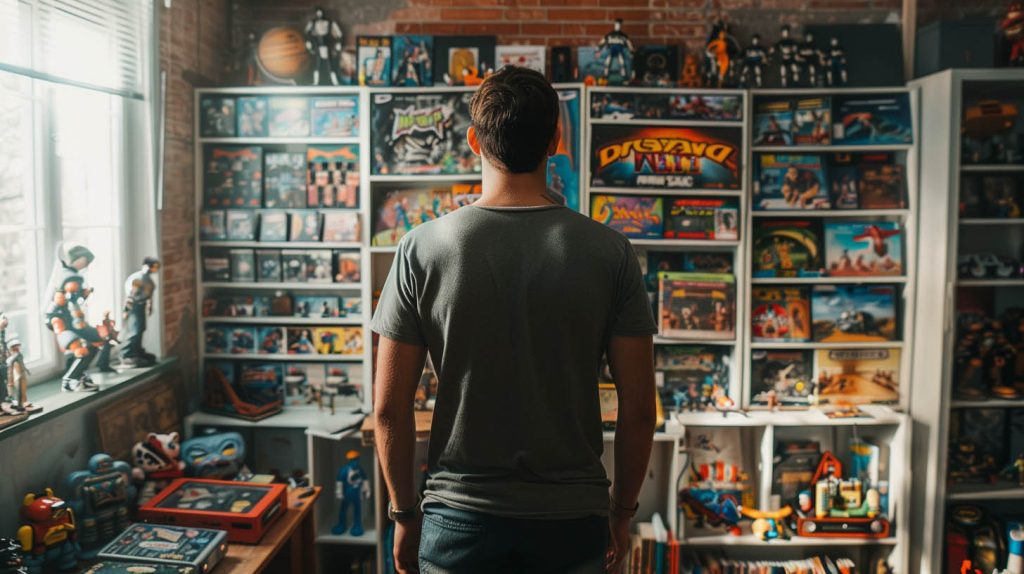When you buy through our links, we may earn a commission. Learn more.
Identifying and Assessing Vintage Toy Investments
When we invest in vintage toys, it is essential to recognize the factors that influence their value. Key aspects include rarity and demand, the condition and authenticity of the toys, and thorough research to understand their valuation. By focusing on these elements, we enhance our investment strategy.
Understanding Rarity and Demand
Rarity is a crucial factor in determining a toy’s value. Limited production runs or toys tied to specific pop culture moments often attract collectors. Examples include:
- Limited edition Barbie dolls
- Rare Star Wars action figures
- Classic Transformers and My Little Pony toys
Demand plays a significant role as well. Popular franchises, like Marvel or Teenage Mutant Ninja Turtles, can drive interest. A rare item that resonates with nostalgia can appreciate in value over time. Tracking trends in collector groups and forums helps us gauge demand.
Determining the Condition and Authenticity
Condition is vital in assessing a toy’s worth. Toys in their original packaging or with minimal wear are more desirable. We should consider the following factors:
- Physical condition (scratches, discoloration)
- Packaging (original box and inserts)
- Functionality (working parts for action figures)
Authenticity is also critical. We must verify that a toy is not a reproduction. Checking for patent numbers, unique markings, or expert appraisals can help us determine authenticity. Collectors often seek the assurance of originality, which significantly impacts value.
Researching and Valuing Collectible Toys
Informed investors focus on thorough research to understand collectibles. We should study recent sale prices and auction results to establish a baseline for valuation. This includes:
- Seeking expert opinions from toy appraisers
- Comparing prices on collector websites
- Using guidebooks focused on collectible toys
Key information can also be found in journals or online communities dedicated to vintage toys. Knowing the latest market trends and being aware of risks, such as fluctuations in demand, can guide our investment choices. By staying informed, we enhance our ability to make smart buys in the vintage toy market.
Navigating the Market and Selling Vintage Toys
In this section, we will focus on effective strategies for selling vintage toys. Understanding the best online platforms, auction strategies, and common pitfalls can significantly impact our success in this niche market.
Optimizing Sales in Online Marketplaces
We should start by choosing the right online marketplace. Popular sites include eBay, Etsy, and specialized toy auction platforms.
-
eBay: This is the most widely-used platform for selling vintage toys. We can reach a vast audience and set our own price. Listing items with clear photos and detailed descriptions is crucial.
-
Etsy: Great for unique or handmade vintage items, including collectibles like Cabbage Patch Kids and stuffed animals.
-
Specialized sites: Websites focused on vintage or collector items can help us connect with passionate buyers.
It’s also vital to consider pricing. We should research similar items and set a competitive price based on their condition, completeness, and market demand. Unopened or mint-condition pieces usually command higher prices.
Evaluating Auction and Seller Strategies
Participating in auctions can be an exciting way to sell vintage toys. We must evaluate whether to use online auction sites or local auction houses.
-
Online Auctions: Platforms like Heritage Auctions or Bonhams can expose our items to serious collectors. We should take time to assess their fees and track record.
-
Local Auctions: These can save shipping costs, but might yield lower prices. It’s crucial to understand the bidding process and set a reserve price if possible.
In both cases, we should provide thorough documentation of provenance, especially for valuable pieces like a Star Wars Darth Vader or Boba Fett. This helps buyers trust our listings.
Pitfalls to Avoid for Toy Investors
We must be aware of common mistakes in the vintage toy market. They can cost us time and money.
-
Overpricing: It’s tempting to list items for higher than their market value. We should verify comparable sales to avoid this.
-
Ignoring Market Trends: Keeping an eye on current trends in toy collecting is essential. For instance, certain brands may gain popularity, affecting market demand.
-
Failure to Manage Condition: A simple scratch can reduce value. We should always assess the condition and consider professional grading for high-ticket items.
By staying informed and using these strategies, we can confidently navigate the vintage toy market.
I’m Cartez Augustus, a content creator based in Houston, Texas. I’ve been exploring a variety of niches in content marketing in order to increase website traffic. I enjoy experimenting with artificial intelligence, search engine optimization, and paid search. The process of creating nerd-related content has been extremely rewarding since it has enabled me to network with people who are knowledgeable about these subjects.

